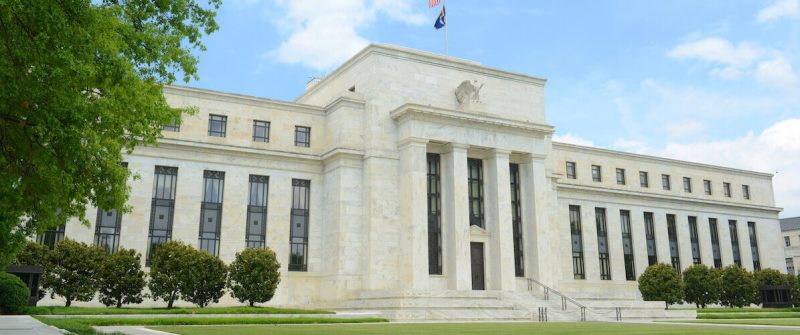In a dramatic turn of events in the stock market today, the Federal Reserve has implemented a significant cut in rates, prompting the market to make a last-minute U-turn. This unforeseen twist in fiscal policy and its abrupt impact on the market dynamics, paints a riveting tableau for both established investors and novices in the world of stocks.
The Federal Reserve, in its capacity as the United States’ central banking system, traditionally adjusts the interest rates to manage inflation and stabilize the economy. The recent slash in rates, however, presents multi-faceted implications and prospective investment strategies for market players.
An initial glance at the situation may lead one to infer that the interest rate cut by the Fed chiefly spells out a cushioning effect on the economy, most likely in anticipation of a potential economic decline. This interpretation, driven by the conventional wisdom that rate cuts are instituted to encourage borrowing and bolster economic growth, has its merits. However, potential investors would do well not only to take note of this surface-level layer but also delve into the nuanced, indirect ripple effects triggered by such rate cuts.
When the Fed adjusted the rates, it led to a sudden fluctuation in the stock market, characterized by a last-minute U-turn. A practical translation of this U-turn implies that stocks and sectors that were hitherto experiencing a downfall may have reversed their course and soared, while others that were on an upward trajectory might have succumbed to a downward spiral.
This volatile environment, while seemingly chaotic, opens avenues of opportunities for savvy investors. Investors, particularly in bond markets, can benefit from lower yield rates. Additionally, those in high-dividend sectors such as utilities and real estate can also stand to gain from rate cuts as they often move conversely to yields.
Nonetheless, the repercussions of the rate cut aren’t solely beneficial. Companies relying extensively on interest revenue or those in sectors like banking can find themselves on the losing end due to diminishing net interest income. Plus, a grim viewpoint suggests that rate cuts, typically a recession precursor, might spook some investors and fuel volatility in the market.
Furthermore, the stock market U-turn demands astute decision-making and diligence from participants. It becomes indispensable for market enthusiasts to not just track the shifts but also work on comprehending the historical data, market trends, and most critically, the blended interplay of a multitude of complex factors that lead to such shifts.
Given the last-minute U-turn, both long-term investors and short-term traders need a renewed






























